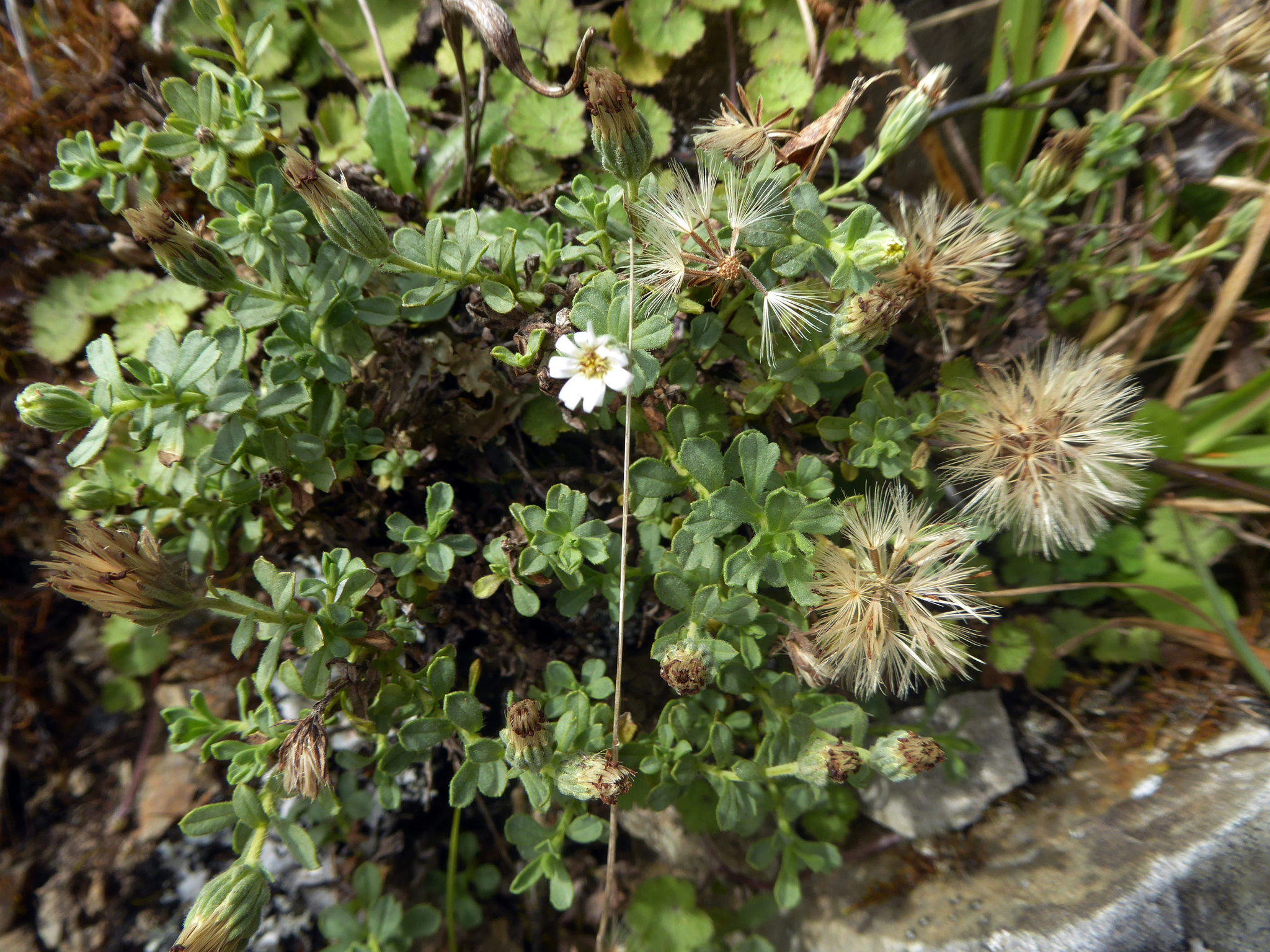Australothis Volatilis on:
[Wikipedia]
[Google]
[Amazon]
''Australothis volatilis'', also known as the fuzzweed moth, is a species of
 The larvae of this species feed on '' Vittadinia'' species. The natural host of ''A. volatilis'' appears to be the white fuzzweed herb '' Vittadinia australis''. This plant is also endemic to New Zealand and is itself in need of conservation. The caterpillars of ''A. volatilis'' feed on the flowerheads, leaves and developing seeds of the plant. Larvae have also been seen feeding on the exotic species '' Vittadinia gracilis'' but it is unknown whether this plant provides the necessary nutrients to the larvae to ensure their successful maturation.
The larvae of this species feed on '' Vittadinia'' species. The natural host of ''A. volatilis'' appears to be the white fuzzweed herb '' Vittadinia australis''. This plant is also endemic to New Zealand and is itself in need of conservation. The caterpillars of ''A. volatilis'' feed on the flowerheads, leaves and developing seeds of the plant. Larvae have also been seen feeding on the exotic species '' Vittadinia gracilis'' but it is unknown whether this plant provides the necessary nutrients to the larvae to ensure their successful maturation.
moth
Moths are a paraphyletic group of insects that includes all members of the order Lepidoptera that are not butterflies, with moths making up the vast majority of the order. There are thought to be approximately 160,000 species of moth, many of w ...
in the family Noctuidae
The Noctuidae, commonly known as owlet moths, cutworms or armyworms, are a family of moths. They are considered the most controversial family in the superfamily Noctuoidea because many of the clades are constantly changing, along with the other f ...
. It is endemic
Endemism is the state of a species being found in a single defined geographic location, such as an island, state, nation, country or other defined zone; organisms that are indigenous to a place are not endemic to it if they are also found elsew ...
to New Zealand
New Zealand ( mi, Aotearoa ) is an island country in the southwestern Pacific Ocean. It consists of two main landmasses—the North Island () and the South Island ()—and over 700 smaller islands. It is the sixth-largest island count ...
. This species has been classified as critically endangered by the Department of Conservation
An environmental ministry is a national or subnational government agency politically responsible for the environment and/or natural resources. Various other names are commonly used to identify such agencies, such as Ministry of the Environment ...
.
Taxonomy
This species was discovered by Brian H. Patrick inCentral Otago
Central Otago is located in the inland part of the Otago region in the South Island of New Zealand. The motto for the area is "A World of Difference".
The area is dominated by mountain ranges and the upper reaches of the Clutha River and tributa ...
in 1989. It was first described by him and his colleague M. Matthews in 1998.
Distribution
''A. volatilis'' is endemic to New Zealand. It has been found in only six sites in Central Otago and the Mackenzie Basin.Host plants
 The larvae of this species feed on '' Vittadinia'' species. The natural host of ''A. volatilis'' appears to be the white fuzzweed herb '' Vittadinia australis''. This plant is also endemic to New Zealand and is itself in need of conservation. The caterpillars of ''A. volatilis'' feed on the flowerheads, leaves and developing seeds of the plant. Larvae have also been seen feeding on the exotic species '' Vittadinia gracilis'' but it is unknown whether this plant provides the necessary nutrients to the larvae to ensure their successful maturation.
The larvae of this species feed on '' Vittadinia'' species. The natural host of ''A. volatilis'' appears to be the white fuzzweed herb '' Vittadinia australis''. This plant is also endemic to New Zealand and is itself in need of conservation. The caterpillars of ''A. volatilis'' feed on the flowerheads, leaves and developing seeds of the plant. Larvae have also been seen feeding on the exotic species '' Vittadinia gracilis'' but it is unknown whether this plant provides the necessary nutrients to the larvae to ensure their successful maturation.
Conservation status
This moth is classified under theNew Zealand Threat Classification system
The New Zealand Threat Classification System is used by the Department of Conservation to assess conservation priorities of species in New Zealand.
The system was developed because the IUCN Red List, a similar conservation status system, had some ...
as being Nationally Critical.
References
Heliothinae Moths of New Zealand Endemic fauna of New Zealand Moths described in 1998 Endangered biota of New Zealand Endemic moths of New Zealand {{Heliothinae-stub